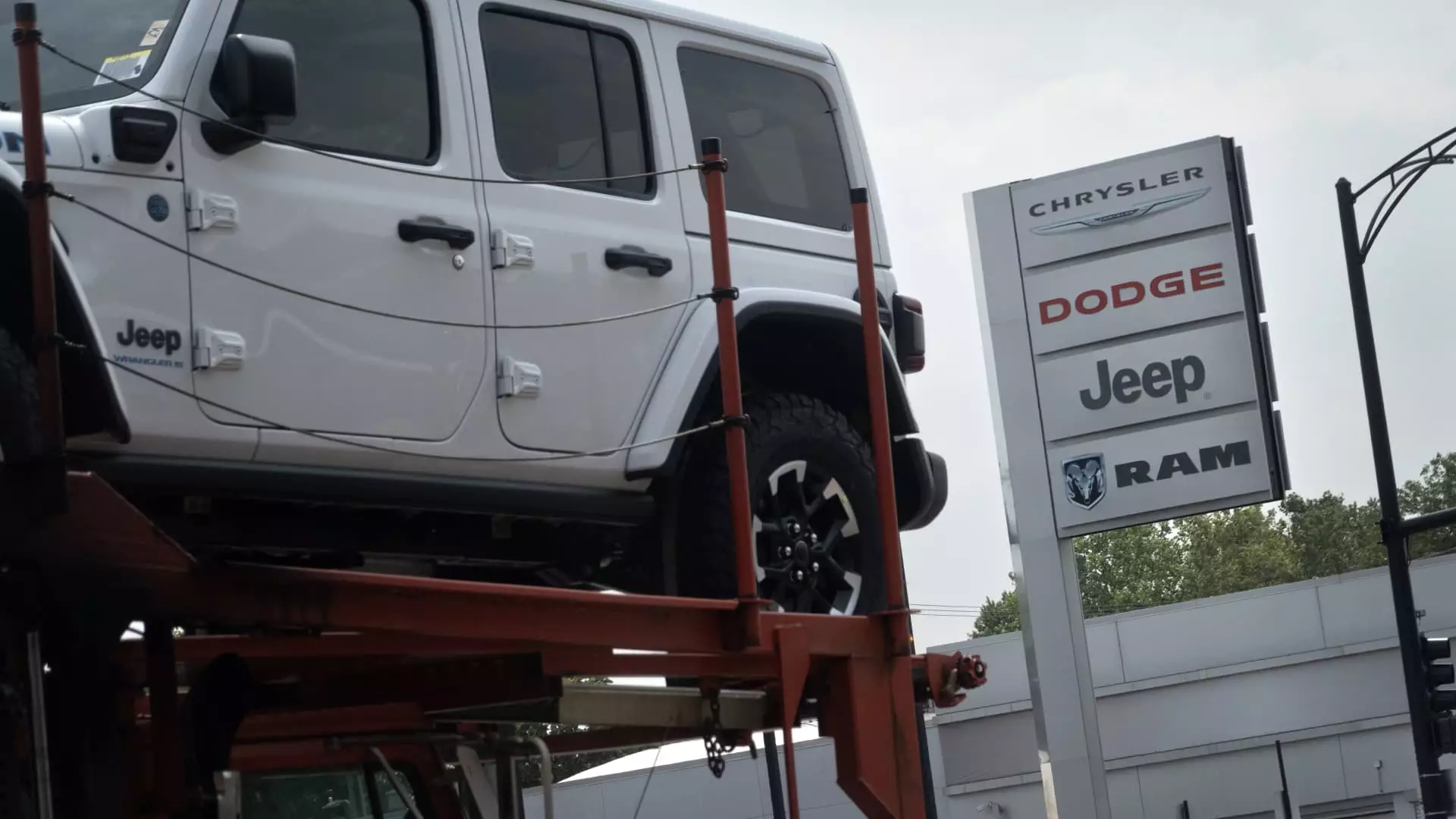The U.S. auto industry has experienced a 2.9% increase in sales in the first half of the year compared to the same time last year. However, there are growing concerns that this momentum may not be sustainable through the end of the year. Factors such as increasing vehicle inventory levels, rising incentives, and uncertainties surrounding the economy, interest rates, and the upcoming U.S. presidential election are contributing to these worries.
Cox Automotive, a leading auto data and research firm, predicts that sales growth will slow down in the next six months, with an expected increase to around 15.7 million units, representing a 1.3% growth from the previous year. Unlike previous years, the growth in sales is now being primarily driven by commercial sales rather than consumer sales. This shift in sales dynamics raises concerns about the sustainability of the current growth trend.
While the current market conditions may benefit consumers who have been waiting to purchase a new vehicle due to high availability and competitive pricing, automakers are facing challenges. Many automakers have enjoyed record profits in recent years due to high demand and limited supply during the pandemic. However, Wall Street analysts are now predicting pricing and profit challenges for automakers, indicating a potential downturn in the market.
Retail shares of the overall industry are expected to decline by nine percentage points compared to the previous year, with rental, commercial, and leasing segments showing signs of double-digit growth. General Motors, Toyota Motor, and Honda Motor are expected to be the leading performers in the industry, with chances for Toyota to challenge GM for the top-selling automaker position once again. On the other hand, Tesla and Stellantis are projected to underperform, with significant decreases in sales volume through June.
Stellantis, in particular, has faced challenges in the U.S. market, with a forecasted 16.5% decrease in sales volume during the first half of the year. The company’s CEO, Carlos Tavares, acknowledged mistakes made by the company that led to sales declines, bloated inventories, and investor concerns. The increase in supply indicates a shift from a seller’s market to a buyer’s market, which may lead to further deterioration in new vehicle grosses and dealer profitability.
The analysis of the current state of U.S. auto sales reveals a mixed outlook for the industry. While consumer demand remains strong, challenges such as increasing inventory levels, rising incentives, and uncertainties in the economic and political landscape raise concerns about the sustainability of sales growth for the remainder of the year. Automakers will need to navigate these challenges carefully to maintain profitability and market share in a changing market environment.


Leave a Reply